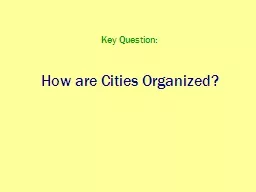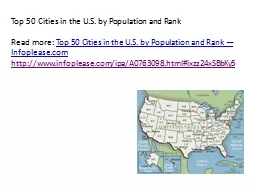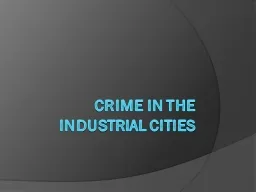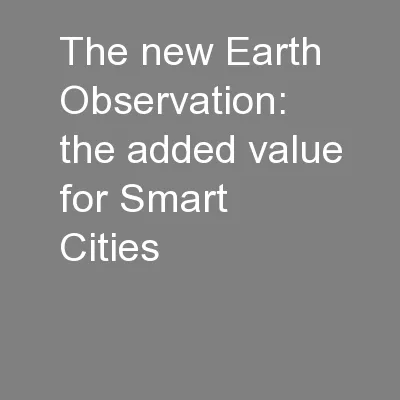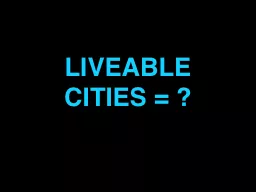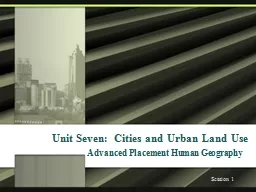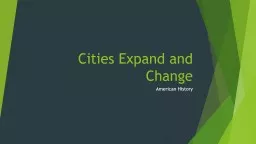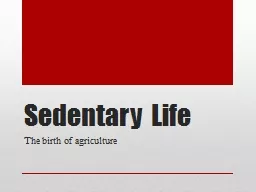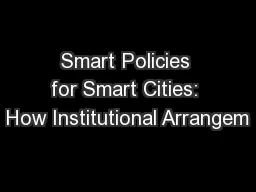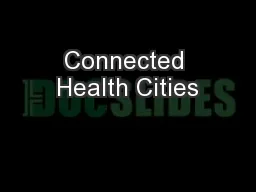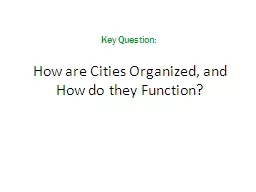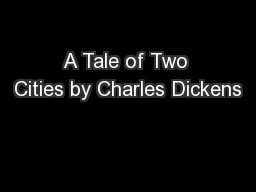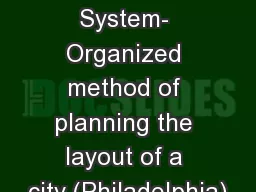PPT-How are Cities Organized
Author : myesha-ticknor | Published Date : 2016-03-06
Key Question Zones of the City Central business district CBD Central City the CBD older housing zones Suburb outlying functionally uniform zone outside of the
Presentation Embed Code
Download Presentation
Download Presentation The PPT/PDF document "How are Cities Organized" is the property of its rightful owner. Permission is granted to download and print the materials on this website for personal, non-commercial use only, and to display it on your personal computer provided you do not modify the materials and that you retain all copyright notices contained in the materials. By downloading content from our website, you accept the terms of this agreement.
How are Cities Organized: Transcript
Download Rules Of Document
"How are Cities Organized"The content belongs to its owner. You may download and print it for personal use, without modification, and keep all copyright notices. By downloading, you agree to these terms.
Related Documents

